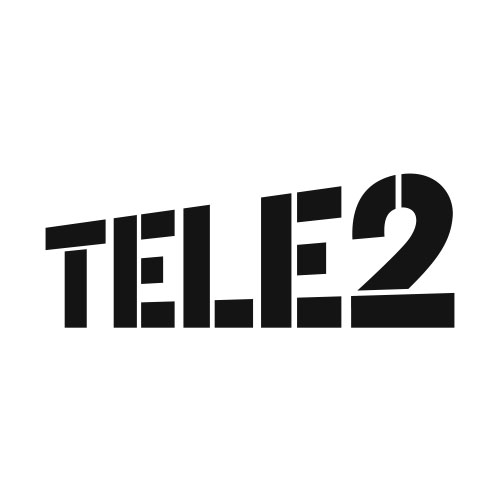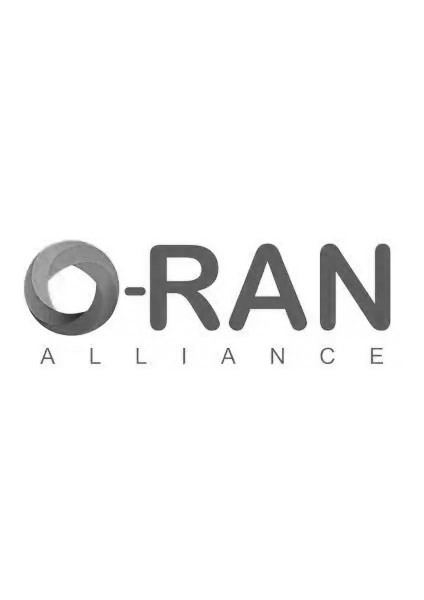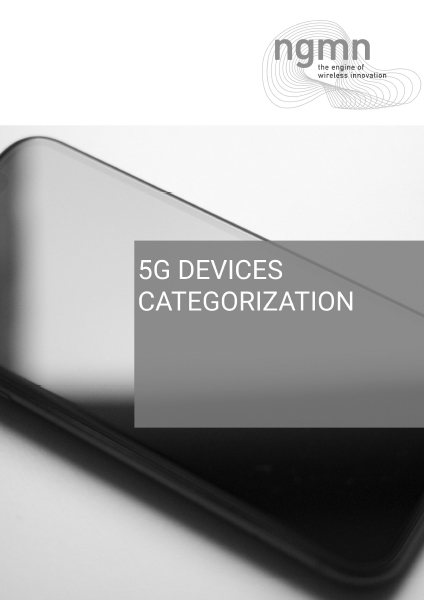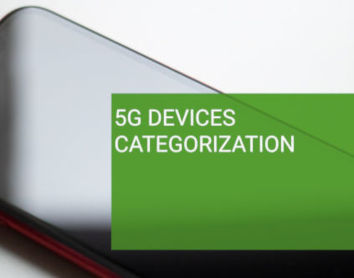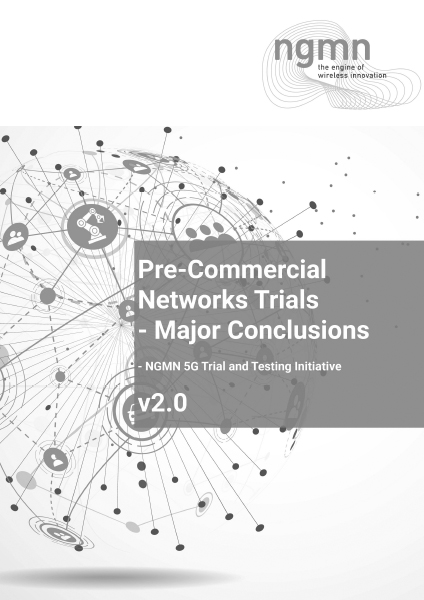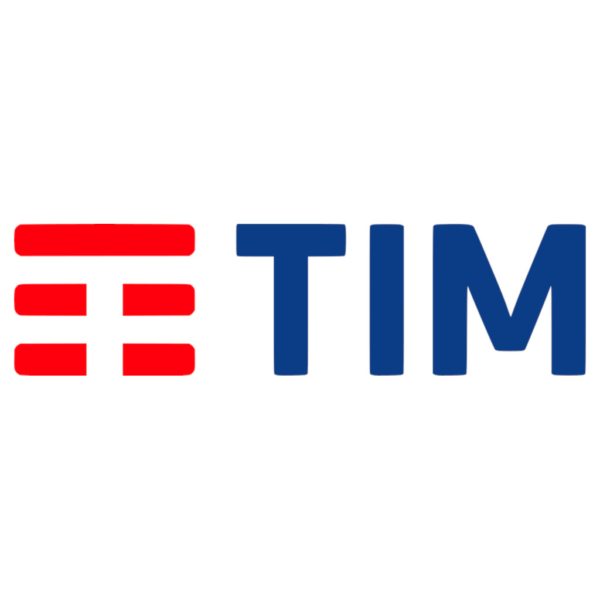
by Sebastian Thalanany
U. S. Cellular
Context and Challenge
Virtualization, combined with a decoupling of the control plane and the user plane, together with a plurality of access networks, and disaggregated radio networks with assorted capacities and coverage footprints, provides unprecedented levels of customization and flexibility for the Network Service Provider, for the deployment of a 5G and future systems. These directions in turn demand correspondingly higher levels of distributed computing, storage, and networking capabilities to augment the service experience and quality for a human or a machine interface.
Beyond this ever increasing demand for enhancing the computing, storage, and networking capabilities of next generation wireless access systems, while satisfying the constraints of smaller, faster, and cheaper, there is a critical system-wide requirement that must be met for satisfying a rich and diverse service paradigm. This critical system-wide requirement is the management of complexity, across interconnected and interdependent constituents of a system operating within a given environmental context of humans and machines. While decentralization and distribution, together with appropriate levels of localized computing, storage, and networking resources, provide enhancements in terms of system and service related KPIs and the quality of service experience, the pivotal challenge is to effectively and efficiently manage complexity associated with increasing levels of system-wide interdependence and interconnectedness involving humans and machines.
The management of exponentially increasing levels of system-wide interdependence and interconnectedness, in terms of configuration, administration, operation, fault isolation, security, privacy, performance, optimization, availability, reliability and service experience, demands a dynamic, rapid, adaptive, and agile system-wide decision-making scheme. Such a scheme exceeds the human response limits, and piecewise automation strategies, associated with traditional system management.
Inspiration
With these unprecedented emerging challenges, a scheme for the management of system-wide complexity is inspired by the human autonomic nervous system, which maintains a dynamic system-wide awareness and regulation, by embedding self-managing entities distributed throughout the physiological and psychological system. As one example, among a myriad of complex scenarios, the autonomic nervous system balances the heart rate, breathing rate, and blood pressure for sustaining life. In another example, the complex feedback loops, between the brain as a controller and its widespread interconnections with self-managing entities (e.g. organs, glands, muscles etc.), maintain system-wide harmony automatically, without any conscious intervention.
Relevance and Applicability
The self-governance principles embodied in the autonomic nervous system reveal essential characteristics realized in terms of an end-to-end autonomic framework for 5G and future systems. The autonomic principles of self-management and governance are particularly relevant for managing the growing complexity associated with high-levels of distribution and decentralization in terms of computing, storage, and networking resources. Virtualization enables these resources to be arranged in flexible deployment specific modalities, consisting of a core network, assorted radio access networks, and spectrum, together with human and machine type interfaces (e.g. handhelds, actuators, sensors, wearables, customer premise equipment etc.). At the same time, the computing, storage and networking resources are likely to owned and operated by a federation of distributed entities that are enabled to cooperate and collaborate for rendering a customizable service paradigm.
An end-to-end autonomic framework consists of embedded self-managing capabilities, distributed across the entire 5G and beyond infrastructure. This capability provides a dynamic system-wide awareness and self-governance, which obviates the need for human intervention from an operational perspective. The autonomic framework realizes this significant benefit by dynamically and adaptively adjusting to system-wide environment changes (e.g. traffic patterns, capacity, coverage, software, new service integration, fault prediction, fault mitigation, fault isolation, security threats, privacy safeguards, energy conservation etc.), while optimizing system-wide behavior, performance, and service experience. The embedded self-managing characteristics of an end-to-end autonomic framework are delineated in terms of self-Configuration, self-Healing, self-Optimizing, and self-Protection attributes[1]. These cognitive attributes embedded within cooperating entities, pave an evolutionary path to a zero-touch (no human intervention) automation of operations on a system-wide basis, well-beyond the limits of automation afforded by just a collection of self-managed entities.
Reference
- ETSI, “Autonomic network engineering for the self-managing Future Internet (AFI); Generic Autonomic Network Architecture”, GS AFI 002 V1.1.1, April 2013
